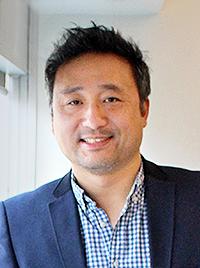
The Lam lab consists of postdoctoral fellows, graduate students, research associates and technicians. Together, they aim to unveil novel therapeutic molecular targets in the gut and the brain that lower blood glucose and lipid levels, as well as body weight in diabetes and obesity.
The Lam lab seeks hard-working and energetic individuals to join the group and help discover novel and effective antidiabetic and antiobesity molecules to improve health care in Canada and around the world.
Funded by a CIHR Foundation Grant, the Lam lab discovered nutrient sensing-dependent molecules in the gut that are sufficient and necessary for gut microbiota, metformin and bariatric surgery to lower blood glucose levels in diabetic and obese rodents (Bauer et al. Cell Metab 2017; Duca et al. Nat Med 2015; Cote et al. Nat Med 2015; Rasmussen et al. Cell Metab 2014; Breen et al. Nat Med 2012; Cheung et al. Cell Metab 2009; Wang et al. Nature 2008). In parallel, the Lam lab examines nutrient sensing-dependent molecules in the brain that lower blood glucose and lipid levels, as well as body weight in diabetic and obese rodents (Yue et al. Nat Commun 2016; Yue et al. Nat Commun 2015; Yue et al. Circ Res 2012).
The Lam lab also studies hormone sensing-dependent molecules in the brain that lower blood glucose and lipid levels, as well as body weight in diabetic and obese rodents (Filippi et al. Cell Rep 2017; LaPierre et al. EMBO Rep 2015; Mighiu et al. Nat Med 2013; Filippi et al. Cell Metab 2012).
